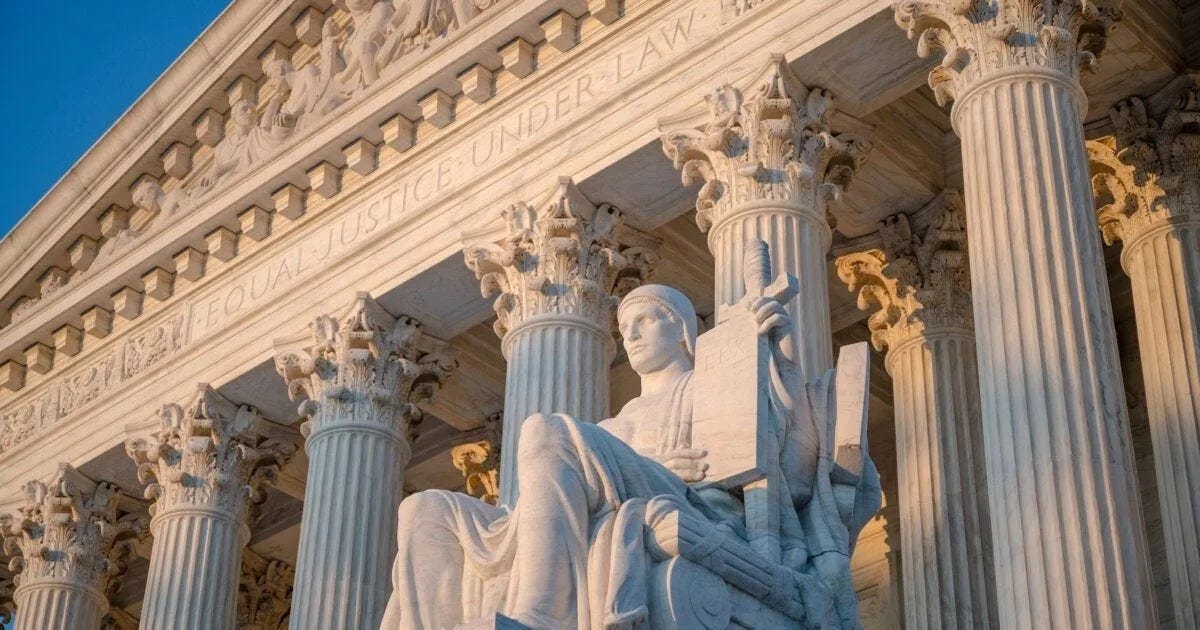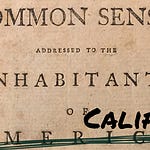Whenever it comes to a vote, Americans reject the idea of racial classifications as a violation of our core founding principles. The founders railed against the old peerage system, where people were given special privileges based on the mere accident of their birth. And yet today we have to mark racial check boxes on various forms and applications to determine whether we are eligible for certain government privileges.
One of my first shows, when I started broadcasting over a decade ago, was with Ward Connerly — an African American businessman and former Regent of the University of California who led the ballot initiative to overturn affirmative action in California.
Professor David Bernstein of Law at George Mason University joined the show to bring me up to speed on the full history of policies like affirmative action, and how race is legally defined for the sake of fulfilling diversity criteria for hiring, admissions, small business grants and the like.
Bernstein’s book Classified: The Untold Story of Racial Classification in America, has already been listed among the picks for Randy Barnett’s “Recent Books on the Constitution” seminar at Georgetown.
Thus, this morning, we will not only be discussing the moral and legal dimensions of racial classification.
To start, I ask:
Why is the government in the business of deciding who you are in racial or ethnic terms?
Historically speaking, the government cared generally for nefarious reasons, like school segregation in the Jim Crow South, or bans on interracial marriage. [quotes are from Professor Bernstein]
Not to mention laws that banned Asian immigrants from becoming U.S. citizens.
After the Holocaust, there was a [push to] abolish these arbitrary classifications once and for all. The problem was that the United States government felt that it needed statistical information about people's race and ethnicity in order to enforce various civil rights laws – the first being federal executive orders from Presidents Truman, Eisenhower, and later Kennedy, prohibiting government contractors from discriminating based on race and other qualifications.
Religious classifications proved too difficult and fraught with legal challenges, so they settled for racial classifications – ensuring that a certain number of African American, Latino, and Asian people were represented in the workforce.
In the 1960s, the Great Society policies of LBJ sought social progress for specific underprivileged groups and looked to standardize the definitions of which groups were counted for statistical purposes. The Hispanic category turned out to be particularly troublesome:
Some agencies would say the Hispanic category should include Mexican Americans and Puerto Ricans, but not Cubans. Some included Cubans, and others said all Spanish-speaking households.
At this point in time, classifications were used almost entirely for data purposes:
It wasn't especially controversial at the time, because no one realized what the implications would be… No one realized this was going to become the baseline for affirmative action programs and racial preferences.
How did this trend creep from a few classifications to the system we have now?
Bernstein notes that the earlier designations were based on more black-and-white thinking – literally:
Between the 1950s and the early 70s, the United States was primarily a biracial society. We had a large majority of what we could call white people of European or Middle Eastern origin, and we had black people – anyone who looked discernibly like they had African descent.
Asians were less than 1% of the population and Hispanics were still considered white:
No one really anticipated that we'd have millions of immigrants from Latin America and from Asia.
Bernstein tells the story of how “Hispanic” became equivalent to African American as a racial minority, through the advocacy of the Ford Foundation. The cause got a boost from Nixon, who had his own motivations for creating a “pan-national identity,” that included Cubans and broke up the more radical “Chicano” voting bloc of Mexican and Puerto Rican Americans. From Cubans, it was an easy leap to include Europeans of Spanish origin.
“A lot of the absurd court decisions have revolved around Hispanic identity,” Bernstein says, adding that “there's all sorts of craziness in the bureaucracy – conflicting decisions as to who counts as Hispanic.”
Although the aims of civil rights laws was to prevent discrimination, we ended up with the same kind of discrimination taking place that occured in the 1920s during the era of Chinese Exclusion.
Why are people fighting to be included in certain groups?
Bernstein notes that his book is not about affirmative action, but of course one can’t write about racial classification without referring to the special consideration given to minorities on certain job and college admissions applications.
We’ve seen the rise in reverse affirmative action, where Asian Americans are discriminated against in competitive college admissions. This has led those in the Pacific Islander or Hawaiian (Asian) category to wish to be classified as Native American. In the end, they got their own category.
Hasidic Jews also sought their own designation, as did Armenians and Arabs – who did not want to be categorized as “white.”
Muslim Americans, at least claim Are we still leaders claim that they feel more racially distinct from the general population? Have they suffered discrimination? They've been trying to get a special Middle Eastern North African classification. They almost got it under the Obama administration, the Trump administration vetoed it.
How did classification become politicized?
For the most part, polling data suggests that people in America don’t strongly identify with broad labels such as “Asian,” yet there do seem to be groups that use them to enhance their own political power.
With special benefits come special interests seeking those benefits. As soon as we introduced certain grants to small businesses owned by certain ethnicities, it opened the door for political jockeying to get the minority status.
And yet who enforces this distinction?
Bernstein answers that it’s basically the honor system:
I did not see a single example anywhere in the United States of any student ever being penalized for putting down a classification other than what someone else thought they were.
Where do we go from here?
Our target should be the widespread separation of race and state.
This policy prescription mirrors the current rules with respect to religion – government doesn’t keep lists of how many Mormons or Jews or Catholics there are.
When it comes to private discrimination – whether in higher education or medical research – Bernstein says that these instutitions need to determine what their classifications are attempting to accomplish. Medical research may require genetic diversity for its findings to make sure we’re not missing something.
If we're looking for diversity in higher education, there's no reason that a school should prefer the 1001st Mexican-American student over the first Hmong student because one group is “Hispanic” and one group is “Asian.” The first Hmong student will obviously add more diversity to the class than the 1001st Mexican American student.
On the bright side, Bernstein sees our society broadly trending towards assimilation and amalgamation. However, each time the government provides a special favor to a particular racial group, it slows down this process.
He sees a particular danger in prioritizing certain medical treatments, such as vaccination or blood plasma transfusions, on the basis of race. When push comes to shove, he says, we should check whatever box we need to in order to overcome this kind of medical discrimination:
The only good news about the medical classification is that it's so damaging and so destructive that it may actually lead the whole house of cards to come tumbling down. I'd be very hesitant about engaging in any kind of ethnic identity fraud, or exaggeration, but if I'm going to the hospital, and you tell me that if I check the Hispanic box then I'm moving up in line, then I am checking the Hispanic box, and I advise anybody else in the same circumstance to do the same thing.















Share this post